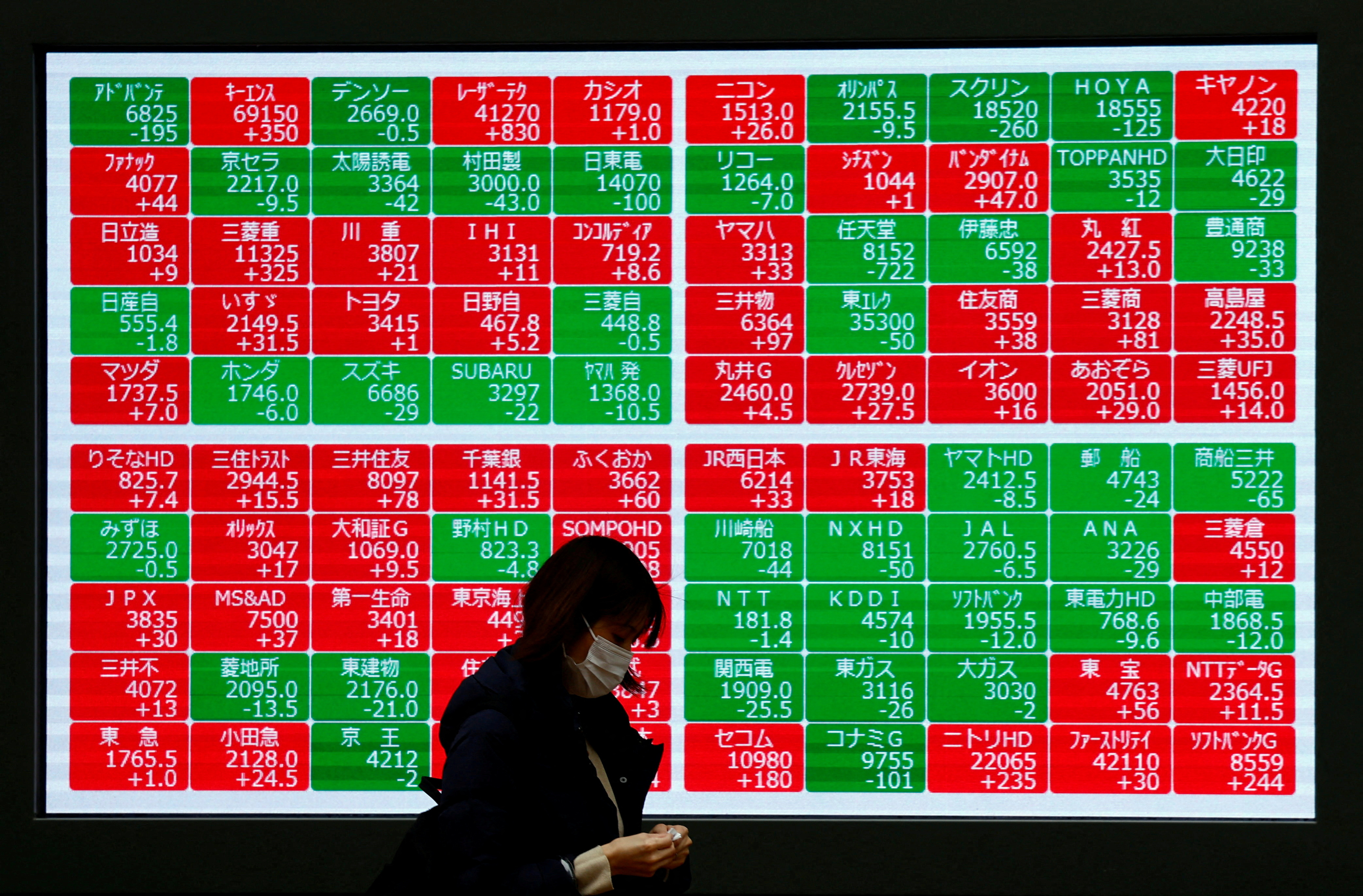
Report on Social Mobility and Education: Emphasizing Sustainable Development Goals (SDGs)
Introduction
This report addresses the critical issue of social mobility in the United Kingdom, highlighting the disparities between state school alumni and those from privileged educational backgrounds. The discussion is framed within the context of the Sustainable Development Goals (SDGs), particularly SDG 4 (Quality Education), SDG 10 (Reduced Inequalities), and SDG 16 (Peace, Justice, and Strong Institutions).
Background and Personal Testimony
A former state school student from Walthamstow, East London, shares a personal narrative illustrating the challenges faced by individuals from less privileged educational backgrounds. The individual recounts a journey from low-level criminality and unskilled labor to higher education, facilitated by mentorship and support from a youth worker.
- Challenges included overcoming impostor syndrome and adapting to middle-class cultural norms.
- Mentorship played a pivotal role in enabling access to university education.
Importance of State-School Alumni Networks
Alastair Campbell’s proposal for a nationwide state-school alumni network is endorsed as a strategic approach to enhance social mobility. This initiative aligns with the following SDGs:
- SDG 4: Quality Education – Promoting inclusive and equitable quality education through mentorship and support.
- SDG 10: Reduced Inequalities – Addressing systemic barriers faced by the 93% educated in state schools compared to the 7% in privileged positions.
- SDG 16: Peace, Justice, and Strong Institutions – Fostering equitable access to leadership and decision-making roles.
Historical Context and Social Mobility
Historical analysis reveals that social advancement in the UK has often been driven by individuals from diverse educational backgrounds:
- The Scottish Enlightenment was propelled by grammar schools and academies, emphasizing empirical science and philosophy.
- The Industrial Revolution featured pioneers like George Stephenson, who overcame illiteracy to contribute significantly to engineering.
- The emergence of elite boarding schools created social networks that perpetuated privilege and limited social mobility.
Critique of Privileged Education and Governance
Concerns are raised regarding the emotional and psychological impact of early separation from family experienced by many boarding school students, potentially affecting empathy and governance quality. The current cabinet’s state school backgrounds are welcomed, contingent upon their commitment to social values.
Recommendations
- Establish and support a nationwide state-school alumni network to provide mentorship and professional guidance.
- Promote policies that reduce educational inequalities and foster inclusive leadership opportunities.
- Encourage cultural competence and empathy training within governance structures to improve societal outcomes.
Conclusion
Enhancing social mobility through education and mentorship is essential for achieving the Sustainable Development Goals related to quality education, reduced inequalities, and strong institutions. Collaborative efforts between state school alumni and policymakers can create a more equitable society.
1. Sustainable Development Goals (SDGs) Addressed or Connected
- SDG 4: Quality Education – The article discusses issues related to educational inequality, social mobility through education, and the importance of mentoring and support for students from state schools.
- SDG 10: Reduced Inequalities – The article highlights social inequality, class divisions, and the need to counter privileged positions in society.
- SDG 16: Peace, Justice, and Strong Institutions – The article touches on governance, empathy in leadership, and the societal impact of those in power.
2. Specific Targets Under Those SDGs
- SDG 4: Quality Education
- Target 4.3: Ensure equal access for all women and men to affordable and quality technical, vocational and tertiary education, including university.
- Target 4.7: Ensure that all learners acquire the knowledge and skills needed to promote sustainable development, including through education for sustainable development and global citizenship.
- SDG 10: Reduced Inequalities
- Target 10.2: Empower and promote the social, economic and political inclusion of all, irrespective of age, sex, disability, race, ethnicity, origin, religion or economic or other status.
- Target 10.3: Ensure equal opportunity and reduce inequalities of outcome, including by eliminating discriminatory laws, policies and practices.
- SDG 16: Peace, Justice, and Strong Institutions
- Target 16.7: Ensure responsive, inclusive, participatory and representative decision-making at all levels.
- Target 16.6: Develop effective, accountable and transparent institutions at all levels.
3. Indicators Mentioned or Implied in the Article
- Indicators for SDG 4
- Proportion of youth and adults with relevant skills, including technical and vocational skills, for employment and entrepreneurship (Indicator 4.4.1).
- Participation rate of youth and adults in formal and non-formal education and training (Indicator 4.3.1).
- Measures of social mobility through education, such as access to tertiary education for disadvantaged groups (implied).
- Indicators for SDG 10
- Proportion of people living below 50% of median income, by age, sex and persons with disabilities (Indicator 10.2.1).
- Measures of representation of disadvantaged groups in positions of power and decision-making (implied).
- Indicators for SDG 16
- Proportion of positions in national and local institutions, including the judiciary, held by women, youth and persons with disabilities (Indicator 16.7.1).
- Perceptions of public sector corruption and accountability (implied).
4. Table of SDGs, Targets and Indicators
| SDGs | Targets | Indicators |
|---|---|---|
| SDG 4: Quality Education |
|
|
| SDG 10: Reduced Inequalities |
|
|
| SDG 16: Peace, Justice, and Strong Institutions |
|
|
Source: theguardian.com







